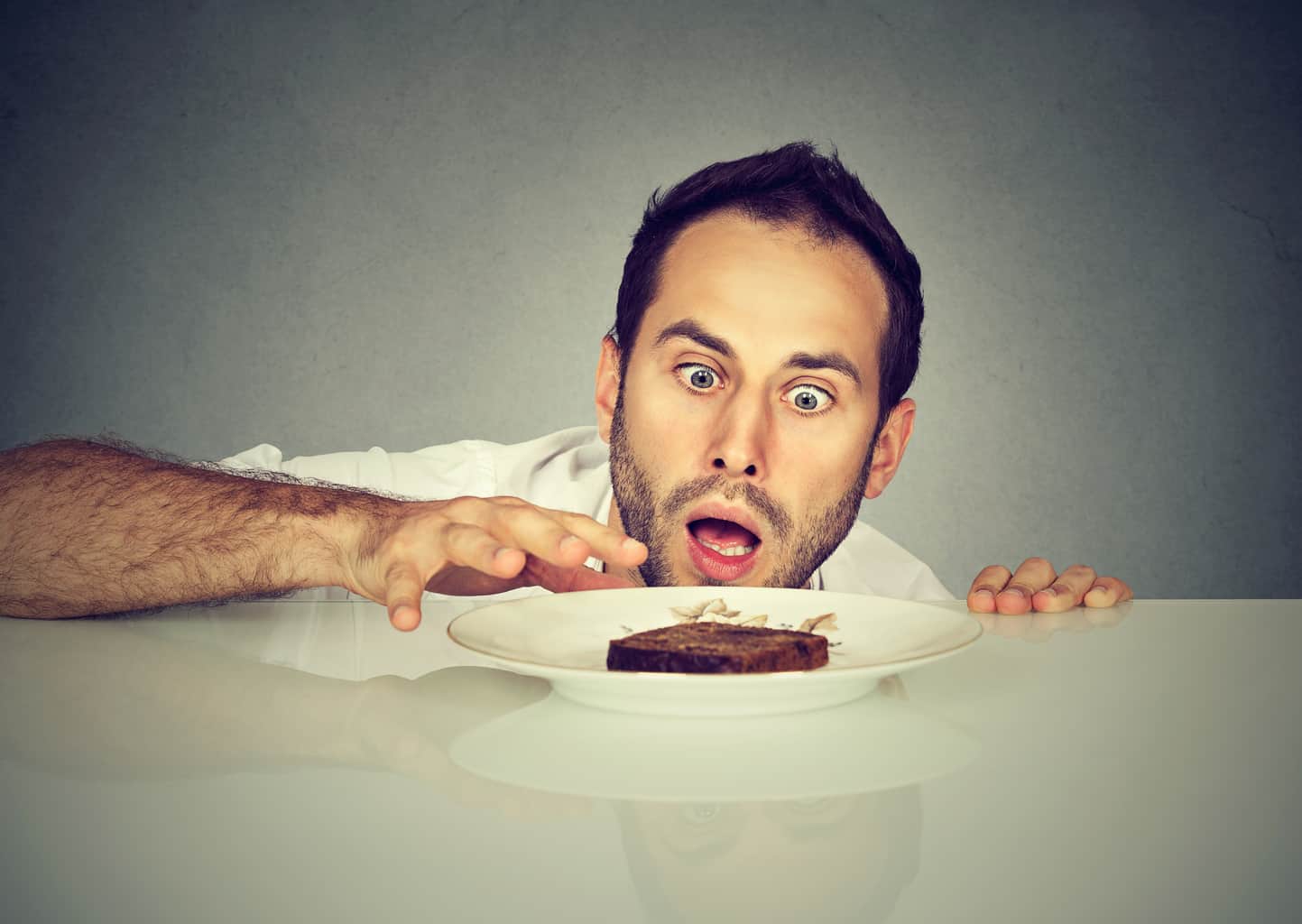
[cmamad id=”20398″ align=”center” tabid=”display-desktop” mobid=”display-desktop” stg=””]
This one food ends harmful food cravings that the brain is already chemically addicted to
—-Important Message—-
One night my wife painted something on my penis… She just used a drop…
And suddenly I start feeling the surge of hard-driving sexual energy I haven’t experienced for a long time.
I started getting these constant semi erections and huge ones at the least whisper of sex.
I even started getting embarrassing bulges out in public, just from holding her hand!
But that’s what happens with the “paint it on” formula.
And if you don’t mind the bulging side effects, you can make the “paint it on” formula and try it yourself.
——–
The one food that reverses cravings
Scientists have been debating for decades whether carbohydrates or fat cause weight gain.
A new study indicates that dietary fat – and only dietary fat – causes weight gain.
This enormous experiment tested the effects of 29 different diets on a number of different mouse strains.
And dietary fat altered the chemical reward pathways in the brain.

These researchers conducted their experiments at the University of Aberdeen in Scotland and the Chinese Academy of Sciences. They published their results in the journal Cell.
The scientists wanted to get to the bottom of a question about the effect of macronutrients on body weight and fat gain.
And the macronutrients they wanted to know about were proteins, carbohydrates, and fats.
“Different studies suggest increased dietary fat, carbohydrates (particularly sugars), or reduced protein may all stimulate obesity. The question remains unsolved.”
They assigned hundreds of mice to dozens of groups, with 20 mice in each group.
And they put the mice on different diets for a period of three months.
The study tested an enormous range of macronutrient ratios.
They even created groups to test the effect of sugar.
“We exposed mice to 29 different diets varying from 8.3% to 80% fat, 10% to 80% carbohydrate, 5% to 30% protein, and 5% to 30% sucrose.”
Sugar is a type of carbohydrate and it has been much maligned in the last few decades…
So the scientists isolated the effects of sugar itself from other carbohydrates.
After they crunched the numbers from the enormous amount of data taken by measuring and testing the animals, a clear picture developed.
[cmamad id=”20399″ align=”center” tabid=”display-desktop” mobid=”display-desktop” stg=””]
Only dietary fat led to overeating and weight gain.
None of the other macronutrients had an effect on appetite and weight gain that was separate from dietary fat.
“Only increased dietary fat content was associated with elevated energy intake and body fat.”
The animals began to overeat and get fat when they got more than 50% to 60% of their calories from fat.
All of the data from the study shows that mice usually tend to eat in order to get a certain number of calories.
“Mice regulate their food consumption primarily to meet an energy [target] rather than a protein target.”
But when dietary fat intake gets too high, appetite and body fat increase.
“This system can be overridden by hedonic factors linked to fat, but not sucrose, consumption.”
The World Health Organisation recommends that people don’t get more than 10% of their calories from sugar.
But this study showed no negative effect from sugar up to 30% of calories.
The high-fat diets led to changes in gene expression in the brain – they disrupted the serotonin, dopamine, and opioid pathways.
“This response was associated with increased gene expression in the serotonin receptors, and the dopamine and opioid signaling pathways in the hypothalamus.”
These pathways are linked to reward systems, metabolism, and even addiction.
High-fat diets change the brain.
They create reward pathways that cause overeating and obesity (and possibly all the associated health problems).
The scientists predicted that animals on a high-protein diet would get lean. They were wrong.
They predicted that animals on a high-carbohydrate or high-sugar diet would get fat. Wrong again!
And they believed that animals on a high-fat diet would stay lean. But these were the animals that got fat.
It should be obvious from this that eating a lot of fat is the easiest way to gain body fat.
High-fat diets predictably cause obesity and type 2 diabetes in animals and in humans.
Scientists even use high-fat diets in animal studies to create obese and diabetic animals for experiments.
Of course, mice are not humans.
It’s unlikely, given the scale of this experiment, that it will be repeated in humans…
But hopefully, it gives you food for thought.
You should consult a healthcare professional about diagnosing and treating health problems.
But not all fats are bad, in fact, some of them can catapult your testosterone, read the important message below if you’re curious…
—-Important Message—-
It takes 45 seconds to lose 1–3 pounds of belly fat per week…
This 45 seconds also cleans out the plaque from the walls of your blood vessels.
And that increases blood flow to the penis.
——-


Leave a Reply